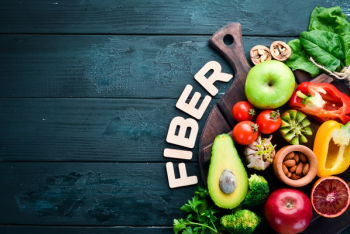
|Slideshows|June 22, 2015
- Nutritional Outlook Vol. 18 No. 6
- Volume 18
- Issue 6
8 New Functional Food Innovations
Author(s)Michael Crane
Probiotic breakfast burritos, cricket chips, tea popsicles, and more enter the functional foods arena.
Advertisement
Articles in this issue
over 10 years ago
Today's Hottest Nutrition Bar Trendsover 10 years ago
Banana Flour Is the Latest Gluten-Free Flour Optionover 10 years ago
Why We’re Adding DNA Testing, Ingredient Supplier Explainsover 10 years ago
Does PDCAAS Still Set the Bar for Protein?over 10 years ago
Is Banana the Hot New Water Flavor?over 10 years ago
MSM Supplement Boosts Blood Levels in a First Longer-Term Studyover 10 years ago
Should FDA’s Dietary Supplement GMPs Include Ingredient Suppliers?over 10 years ago
USDA Verifies First Company Non-GMO ClaimNewsletter
From ingredient science to consumer trends, get the intel you need to stay competitive in the nutrition space—subscribe now to Nutritional Outlook.
Advertisement
Advertisement
Advertisement
Trending on Nutritional Outlook - Supplement, Food & Beverage Manufacturing Trends
1
Artemis International: 30 Years of Science-Backed Berry and Botanical Innovation
2
Certifications, Clinical Trials, and Consumer Trust: How SGS NutriSource Serves the Industry
3
New LOAM prebiotic fiber formula includes NutriLeads’ Benicaros ingredient
4
A Leader for the Times: NOW Health Group's Jim Emme on Thoughtful Leadership
5





